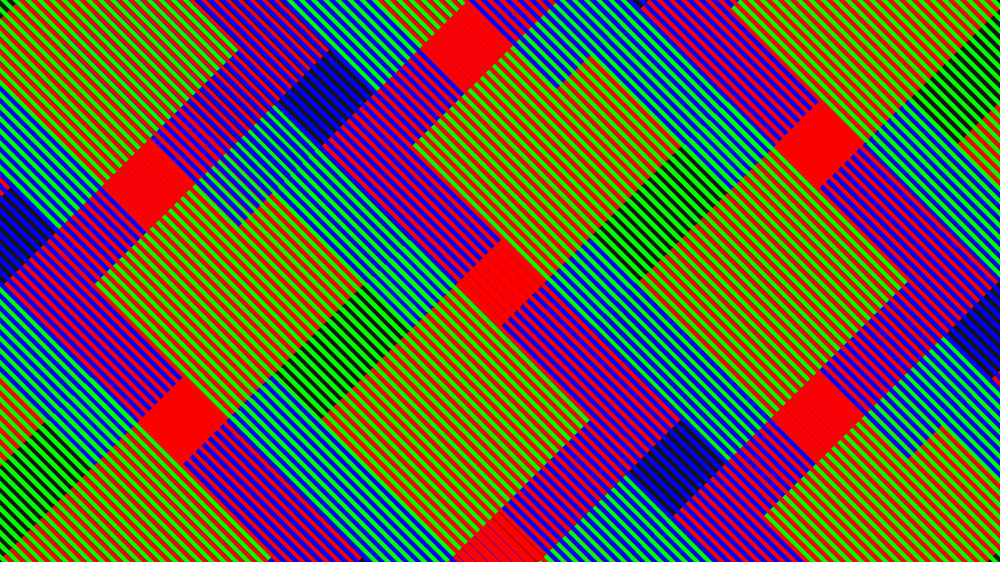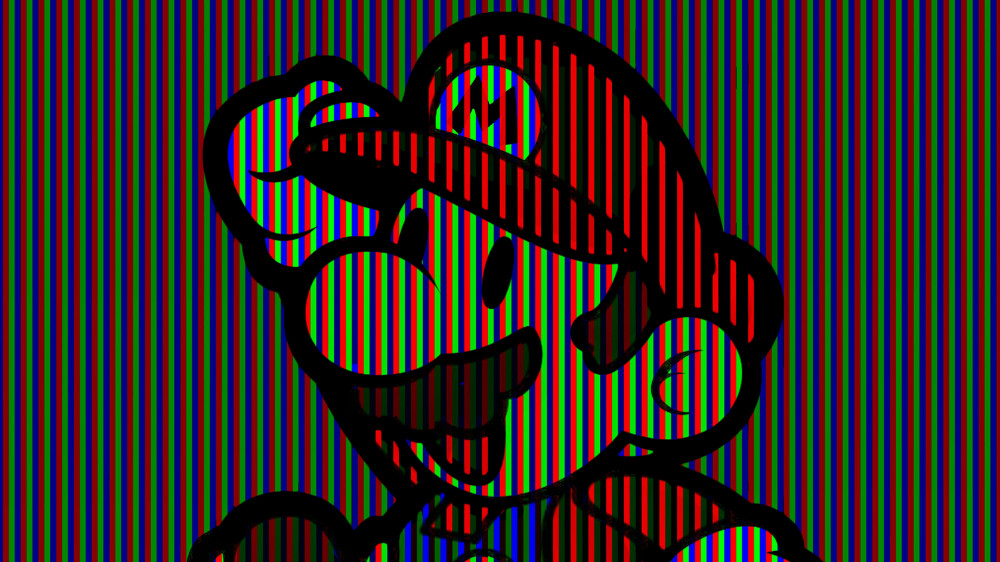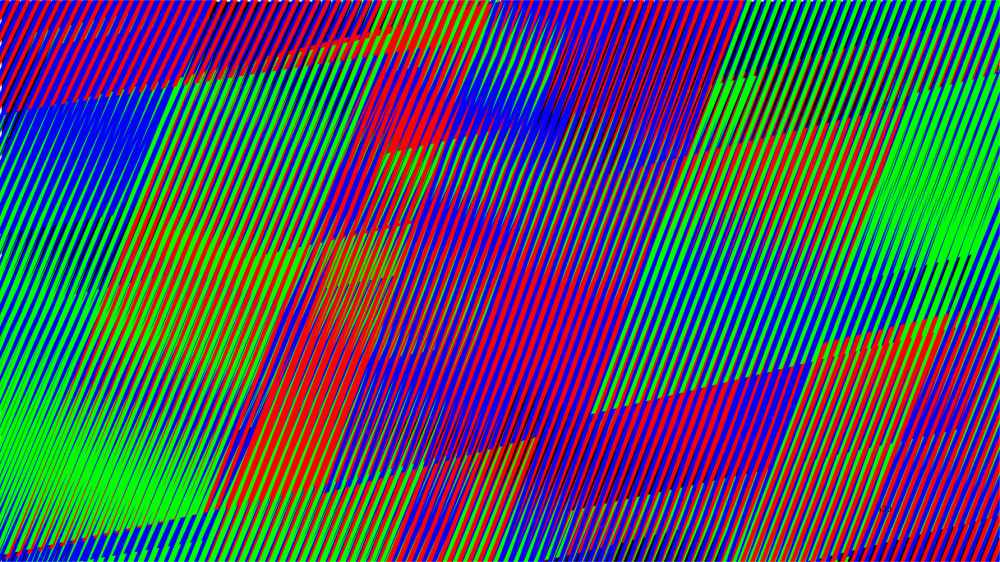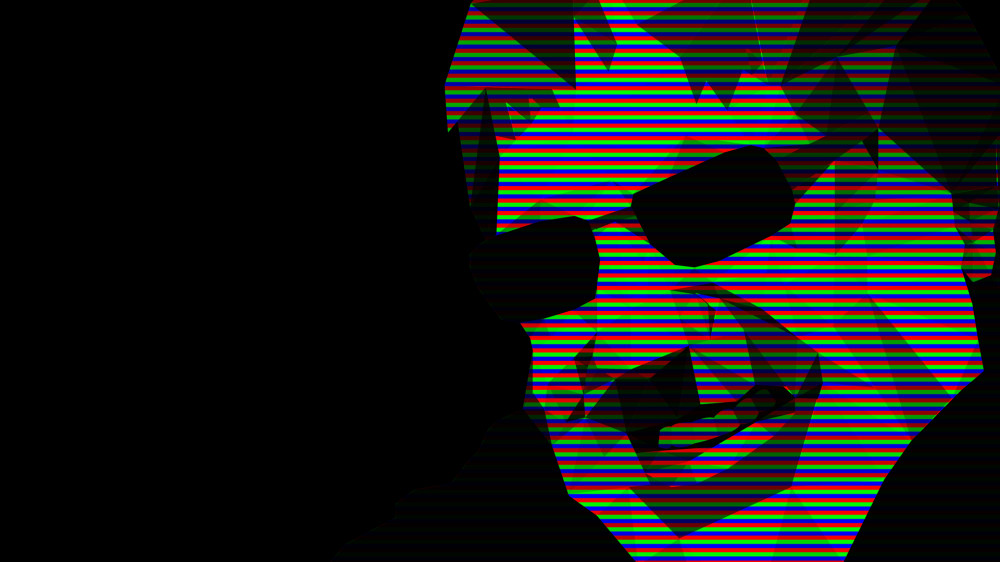To understand color we need to understand how we perceive it. Visible light is only a segment of the electromagnetic spectrum, obviously -“what we can see”. But how do we see? If we break down our perception of light into phases, we could roughly speak about two main moments: The one in which light is captured by our eyes and then, the one in which we actually make something about that perception in our brains.
Our eyes have an array of sensor cells that are sensitive to different wavelengths of the spectrum, from the lower frequencies which we would consider “red”, the intermediate “green” frequency and the higher “blue” frequency.
In this manner, when certain amount of light includes a certain amount of “red” and “green” frequencies, our brain will eventually do the math and create the intermediate “yellow” frequency, a segment of the spectrum which we actually don’t perceive, but which our brain “knows” its there due to mere interpolation, thus, we imagine seeing “yellow”, even if we are not really seeing it with our limited “RGB” eyes.
Our brain needs coherence, and in order to create a consistent model which it can understand, it even creates MAGENTA, a color not present anywhere in the electromagnetic spectrum, but a absolute need for our mind when our eyes tell us that an X amount of light entering them only has “red” and “blue” components, but no green in it.
Thus, color is a figment of out imagination. What we see depends ultimately in the ability of our brains to understand it and codify it with meaning, hence the psychological value of color for communication.
Carlos Cruz Diez is a venezuelan artist that has invested a lifetime exploring color. His experiences in the Inductions Chromatiques, or chromatic inductions, is an almost endless exploration into the phenomena of vision, in which the the goal was to create color outside of his artwork. The point of view of the observer, his distance from the art piece, would always determine an unique gamut of color that would transform itself in a kinetic manner. This experience is invaluable to help understand the behavior of color and its theory in an alternative way.










Leave a Reply
Your email is safe with us.